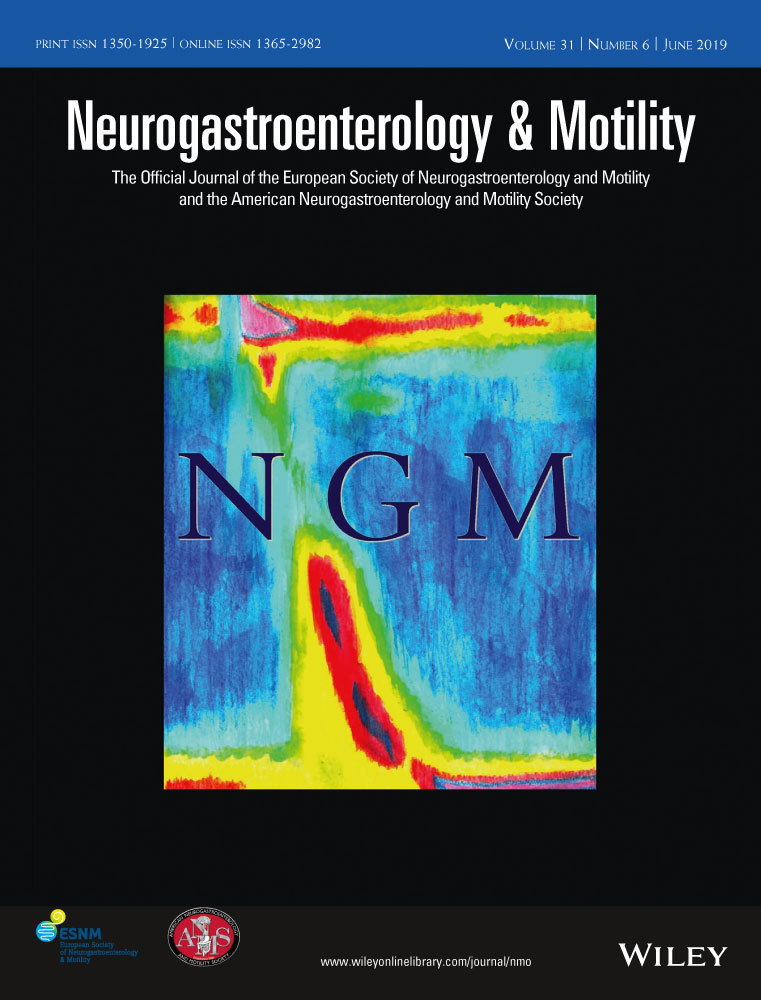
“Diabetes mellitus is a complex, multifactorial disorder that is attributed to pancreatic β cell dysfunction. Pancreatic β cell dysfunction results in declining utilization of glucose by peripheral tissues as kidney and it leads to nephropathy. Excessive production and accumulation of free radicals and incapable antioxidant defense system lead to impaired redox status. Macromolecular damage may occur due to impaired redox status and also immune imbalance.
Δ9-Tetrahydrocannabinol (THC) is the main active ingredient in cannabis. THC acts as an immunomodulator and an antioxidant agent.
Our aim was to evaluate the effects of THC in the diabetic kidney.
According to our data, THC has ameliorative effects on the impaired redox status of diabetic kidney and also it acts as an immunomodulator. Therefore, THC might be used as a therapeutic agent for diabetic kidneys but its usage in the healthy kidney may show adverse effects.”
https://www.ncbi.nlm.nih.gov/pubmed/31081965
https://onlinelibrary.wiley.com/doi/abs/10.1002/jcb.28903
“Pot Won’t Harm Healthy Young People’s Kidneys, Study Suggests” https://www.medicinenet.com/script/main/art.asp?articlekey=206375



 “Cannabinoid compounds are potential analgesics. Users of medicinal
“Cannabinoid compounds are potential analgesics. Users of medicinal  “Recent evidence suggests that 2-week treatment with the non-psychotomimetic cannabinoid cannabidivarin (CBDV) could be beneficial towards neurological and social deficits in early symptomatic Mecp2 mutant mice, a model of Rett syndrome (RTT). The aim of this study was to provide further insights into the efficacy of CBDV in Mecp2-null mice using a lifelong treatment schedule to evaluate its effect on recognition memory and neurological defects in both early and advanced sta
“Recent evidence suggests that 2-week treatment with the non-psychotomimetic cannabinoid cannabidivarin (CBDV) could be beneficial towards neurological and social deficits in early symptomatic Mecp2 mutant mice, a model of Rett syndrome (RTT). The aim of this study was to provide further insights into the efficacy of CBDV in Mecp2-null mice using a lifelong treatment schedule to evaluate its effect on recognition memory and neurological defects in both early and advanced sta “Cannabis sativa (cannabis) produces a resin that is valued for its psychoactive and medicinal properties. Despite being the foundation of a multi-billion dollar global industry, scientific knowledge and research on cannabis is lagging behind compared to other high-value crops. This is largely due to legal restrictions that have prevented many researchers from studying cannabis, its products, and their effects in humans. Cannabis resin contains hundreds of different terpene
“Cannabis sativa (cannabis) produces a resin that is valued for its psychoactive and medicinal properties. Despite being the foundation of a multi-billion dollar global industry, scientific knowledge and research on cannabis is lagging behind compared to other high-value crops. This is largely due to legal restrictions that have prevented many researchers from studying cannabis, its products, and their effects in humans. Cannabis resin contains hundreds of different terpene


